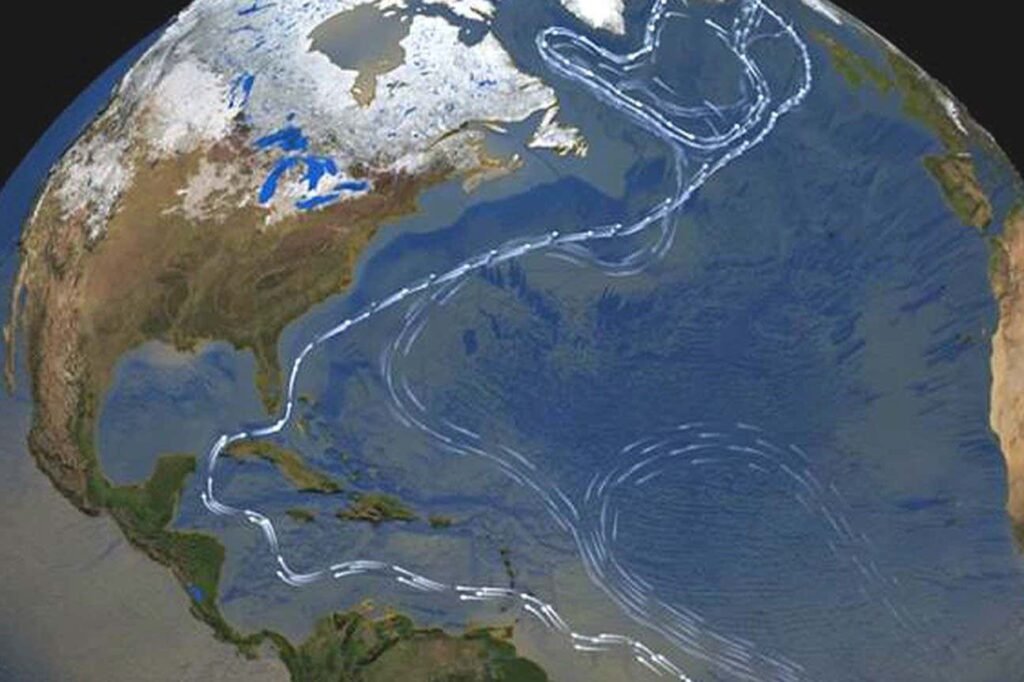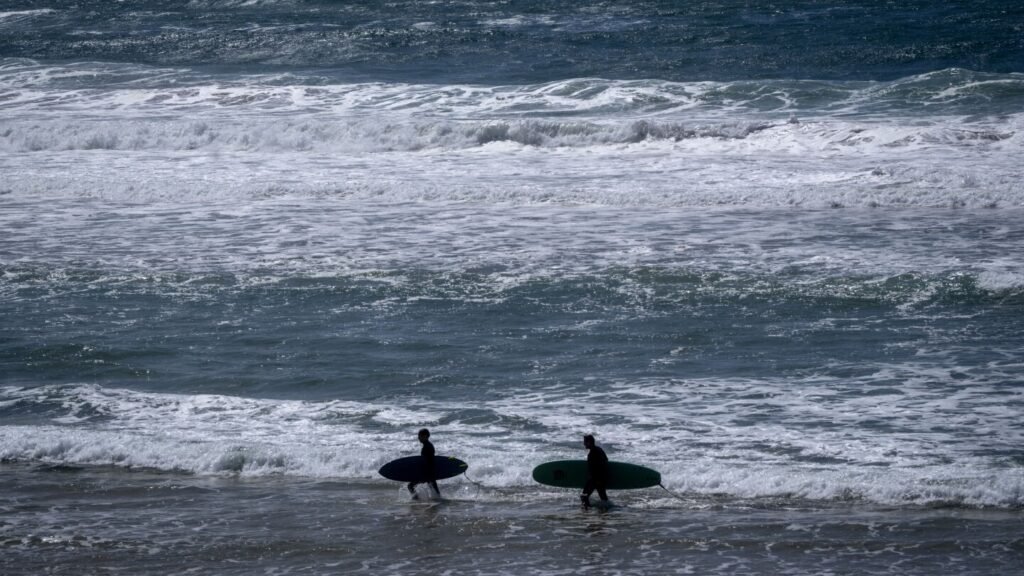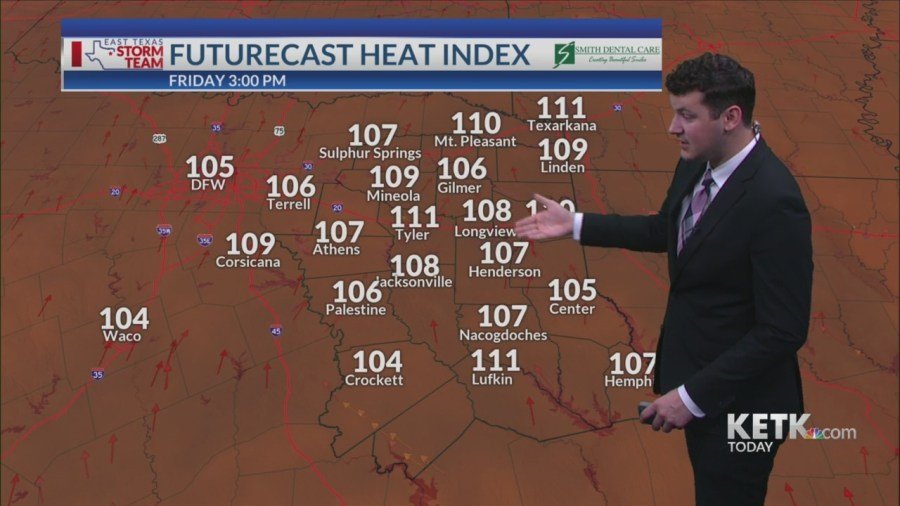Now Reading: See projected path of 1st Atlantic hurricane of 2025 season, forecast to strengthen to Category 3 over the weekend
-
01
See projected path of 1st Atlantic hurricane of 2025 season, forecast to strengthen to Category 3 over the weekend
See projected path of 1st Atlantic hurricane of 2025 season, forecast to strengthen to Category 3 over the weekend

Erin has now become the first hurricane of the 2025 Atlantic season, officially forming mid-Friday morning. Tropical Storm watches remain in effect for parts of the northern Leeward Islands, according to forecasters at the National Hurricane Center.
Erin formed in the eastern Atlantic Ocean on Monday and is steadily strengthening as it moves westward. The NHC said there is still uncertainty about what impact it could have on states like Florida on the U.S. East Coast, as well as the Bahamas and Bermuda.
But forecasters remain confident that Erin “will be a large and powerful hurricane over the southwestern Atlantic Ocean this weekend.”
Where is Hurricane Erin, and what is its path?
As of 5 p.m. ET Friday:
-
Erin was located 365 miles east of the northern Leeward Islands.
-
The storm has maximum sustained winds of 75 mph.
-
It is moving west-northwest at 17 mph.
The storm is expected to continue moving west-northwest into the weekend. “The center of Erin is likely to move just north of the northern Leeward Islands, the Virgin Islands, and Puerto Rico over the weekend,” the NHC said.
Starting tonight into Sunday, the outer bands of Erin are expected to bring areas of heavy rainfall across the northern Leeward Islands, the Virgin Islands, and Puerto Rico. Rainfall totals could range from 2 to 4 inches, with up to 6 inches in isolated areas, which could lead to flash or urban flooding and cause mudslides and landslides, the hurricane center said Friday.
Direct impacts along the U.S. East Coast and the Bahamas appear to be “gradually decreasing,” according to the NHC.
What are the chances it will intensify?
“Steady to rapid strengthening is expected during the next two to three days, and Erin is forecast to become a major hurricane during the weekend,” forecasters said.
A tropical storm becomes a hurricane when maximum sustained winds reach at least 74 mph. Hurricanes are rated on the Saffir-Simpson Hurricane Wind Scale, ranging from Category 1 to Category 5, with 5 being the most severe. A storm is considered a major hurricane when it reaches Category 3 strength, with sustained winds of at least 111 mph, according to the NHC.
Watches and warnings in place
As of 5 p.m. ET Friday, these are the following advisories in place, according to the NHC:
Tropical storm watches are in effect for:
-
St. Martin and St. Barthelemy
Forecasters added that, “Tropical storm conditions are possible within the watch area by early Saturday.” A “tropical storm watch” means tropical storm conditions are possible in the areas within the next 48 hours.
How is hurricane season shaping up?
The 2025 Atlantic hurricane season, which began June 1 and runs through the end of November, has a 50% chance of being above normal.
Last week, forecasters at the National Oceanic and Atmospheric Administration slightly updated the number of expected storms to 13-18 (estimated at 13-19 in May), five of which could become major hurricanes (with winds of more than 111 mph).
A typical hurricane season averages 14 named storms. We’re currently about halfway through this year’s hurricane season, and as of Friday, Aug. 15, there have been six so far: tropical storms Andrea, Barry, Chantal, Dexter, and now Hurricane Erin.


















































